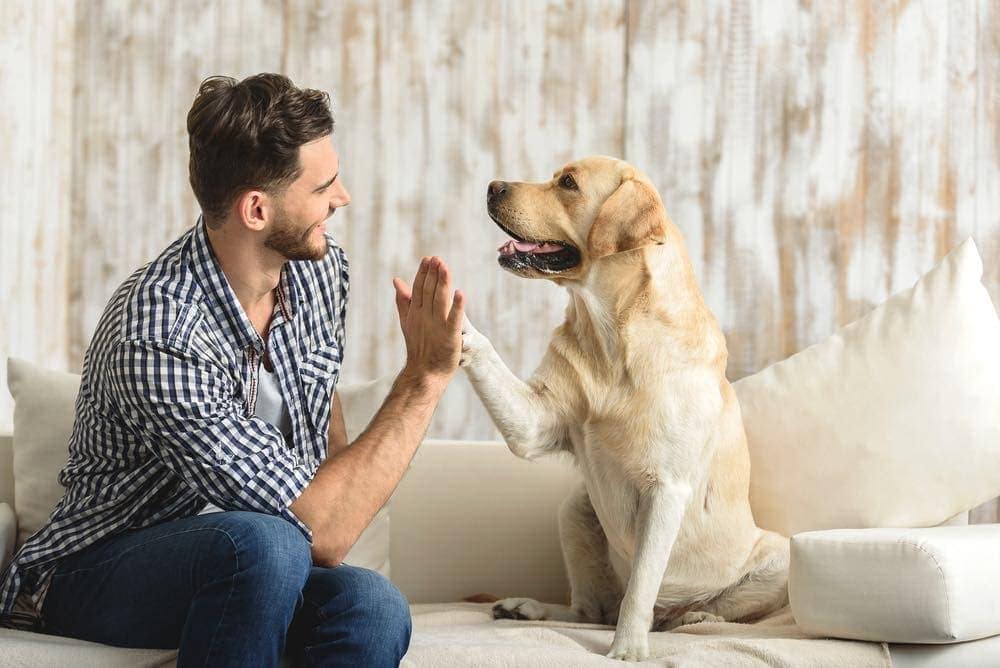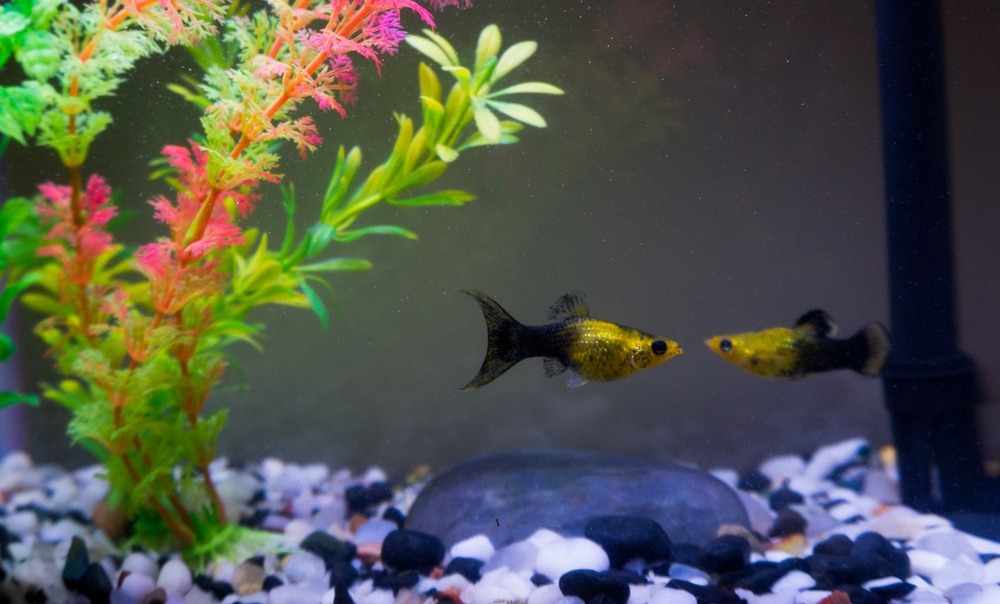Why Do Navy SEALs Only Use Belgian Malinois Dogs?

Updated on
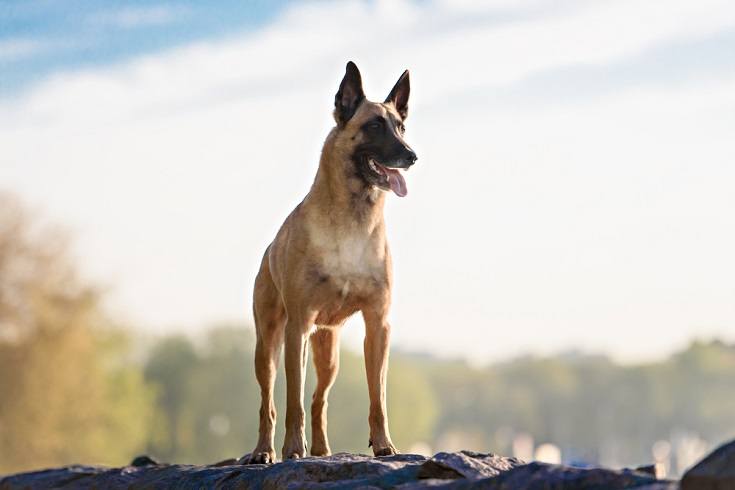
The Wikipedia article on Operation Neptune Spear, the raid that resulted in the death of Osama bin Laden, has an interesting list of participants on the American side: 79 operators from the Joint Special Operations Command (JSOC) and CIA, five helicopters, and one Belgian Malinois Dog.
The dog, named Cairo, had heavy responsibilities on his shoulders. As the Navy SEALs and other fighters cleared bin Laden’s compound in Abbottabad, Pakistan, Cairo’s jobs included tracking anyone who tried to escape, sniffing out hidden rooms within the compound, and backing up the SEALs in case they had to fight their way out. His equipment included night-vision goggles and a bulletproof vest.
Like every other U.S. soldier on the mission, Cairo made it back alive and unharmed. His participation was just one more piece of evidence in favor of the Special Forces decision to rely on the Belgian Malinois, a rare yet magnificent working breed. While the U.S. Military as a whole is still partial to German Shepherds, when it comes to missions that require unflappable courage and commitment, a specially trained Malinois is the go-to choice.
But what made these working dogs stand out from all the others? How do you choose the right dog breed to protect your national security? And what is a Belgian Malinois like when it’s not fighting behind enemy lines? In this article, we’ve got all those answers and more.
Why Did the U.S. Choose the Belgian Malinois?
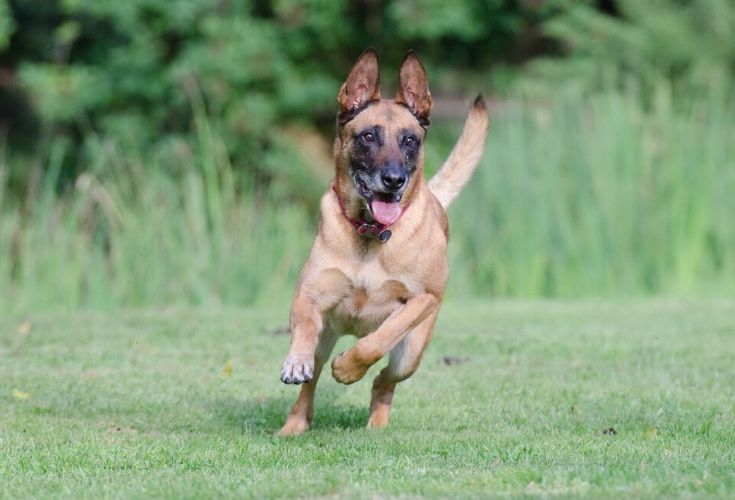
The United States wasn’t always so specific on breed when it came time to send dogs to war. During World War II, Americans were encouraged to donate their dogs to the army, resulting in 125,000 family pets being shipped to the front lines in Europe and the Pacific. Many of the untrained animals were killed, injured, or traumatized. In the wake of that conflict, the U.S. military decided that the next time it sent dogs into battle, they’d be as trained and disciplined as their human comrades.
Over the last 50 years, the Army has relied on various working breeds for different jobs. Labrador Retrievers are used as bomb-sniffers. German and Dutch Shepherds have a balance of traits that makes them good MPCs (Multi-Purpose Canines). Many breeds now serve as service animals for veterans with physical injuries or post-traumatic stress disorder.
Human soldiers bring a Belgian Malinois along when they need raw fighting ability they can target and unleash at will. Sometimes called “fur missiles,” these dogs are renowned for their speed, endurance, and willingness to go for the takedown. A Malinois can bite down on a suspect with 70 pounds of force, making escape virtually impossible.
They’re also great at scent tracking. When Delta Force was tracking down Abu Bakr Al-Baghdadi, the leader of ISIS, they had a spy steal a pair of his underwear so a Malinois could follow his scent.
Perhaps the most interesting thing about military “Maligators” is their ability to work independently. A Malinois can be dropped onto a landing site, scout for safe routes, and mark the sites of explosives without getting itself blown up, all while transmitting that information back to its handler. On many operations, they’re nothing short of superhuman.
Belgian Malinois Training
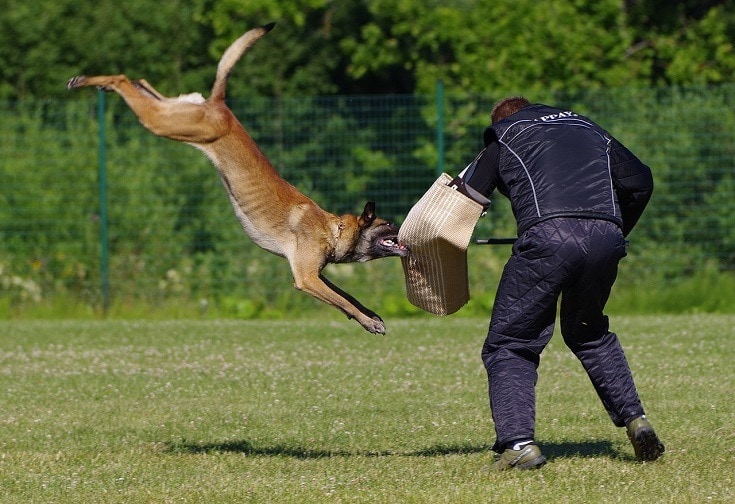
Training a Belgian Malinois for war is an arduous process, designed to weed out any dogs who can’t stand up to the pressures of combat. The military would rather have an understaffed K-9 unit than send a dog into pressure it can’t handle.
The first step in training a canine Navy SEAL is to remove it from its mother as soon as it can survive on its own. This encourages it to think of its human handlers as its parents. Three days after birth, trainers begin testing the puppy with unpleasant sounds and sensations, such as recordings of gunfire or pressing its toes with cotton swabs.
If the Malinois puppy makes it through 4 weeks of this without proving itself too skittish, its handlers start teaching it how to swim. The key to this phase is whether the Malinois panics when it can no longer see land. If its handlers are able to calm it down, they’ll continue training it for seaborne missions.
Shockingly, 99 out of 100 Belgian Malinois selected for SEAL training will not reach the end. The military adopt these dogs out to volunteer families. If you’re interested in giving a good home to a failed or retired military dog, check out the next section.
The select few who advance to higher levels run obstacle courses, practice combat skills, and work to form an unbreakable bond with their handlers. By the end, a trained Malinois can sit calmly while a gun fires off live ammo inches from its face. The handlers spend a lot of time wearing bite-proof suits to teach the Maligators how to use their powerful jaws without fear. They’re also taught to parachute out of helicopters, at first by being dangled from the chopper in midair.
Between missions, an active-duty Belgian Malinois regularly runs combat simulations with its handler in order to keep its skills fresh.
Adopting a Belgian Malinois
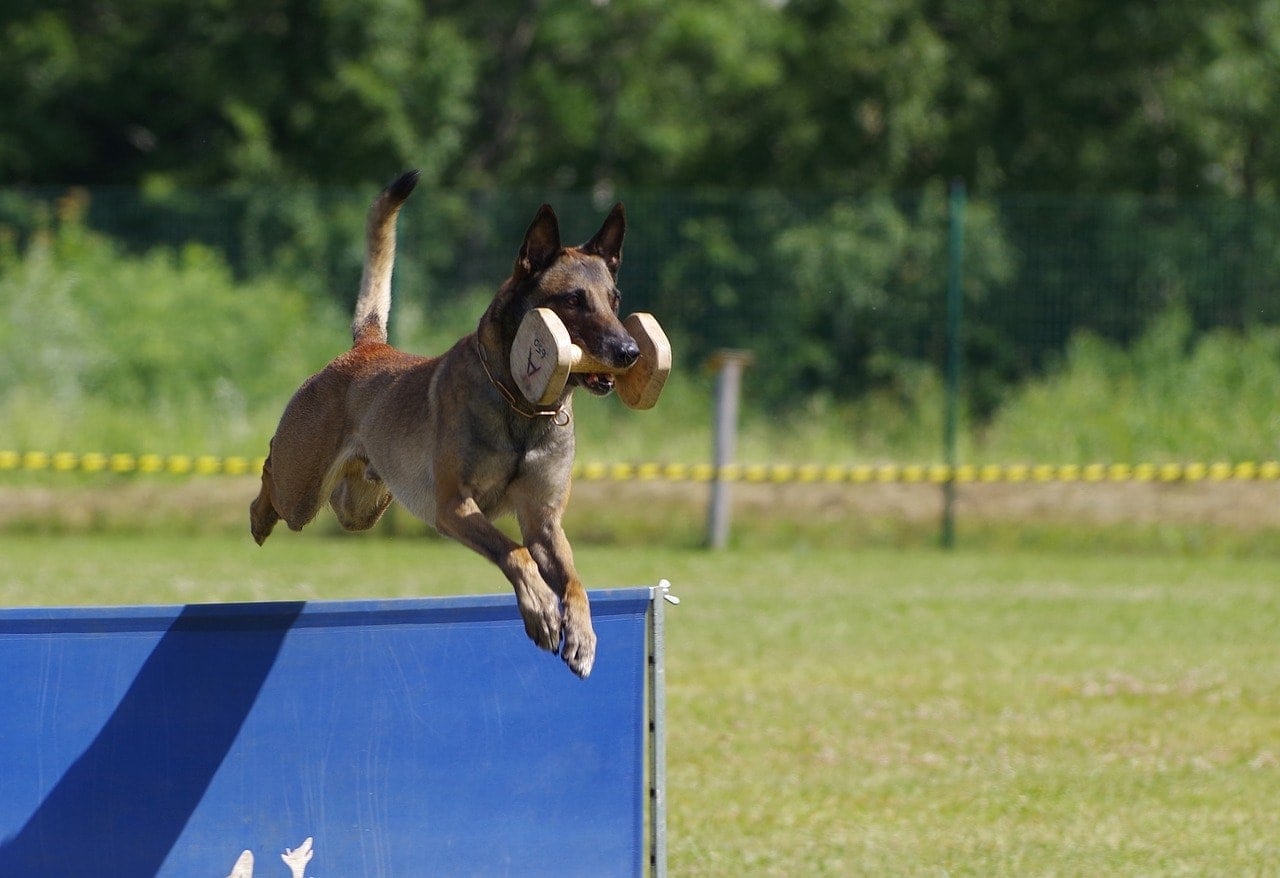
While on a mission, a canine Navy SEAL can look as happy and excited as any other dog. In a famous photograph, the Malinois who chased down al-Baghdadi looks a lot like he just got called for dinner. They don’t know they’re in a war — they just know they’re doing a good job and making their master proud.
It’s a different story for humans. Military Belgian Malinois handlers are taught to form no attachments with the dog beyond what’s absolutely necessary. If you start thinking of a Malinois SEAL as your dog, the reasoning goes, you’ll be unwilling to put it in harm’s way.
But every dog deserves love. The good news is that the government works with several organizations to find homes for every service dog. Check out Freedom Service Dogs, Service Dogs, Inc., or the TSA canine adoption program to bring a failed or retired working dog into your life.
When a Belgian Malinois fails out of SEAL training, it’s often for reasons that make it a perfect family pet. Many leave the process because they’re too friendly with strangers to attack a fleeing suspect. Others have too much energy to keep still during a helicopter or boat ride.
But in a family dog, friendliness and energy are features, not bugs. Very few dogs have it in them to be Navy SEALs — that doesn’t mean they’re broken. For this reason, dog advocates are pushing for the term “career change dog” to replace “failed service dog.”
Final Thoughts
As a pet, a Belgian Malinois is loyal, intelligent, and long-lived. They’re the kind of dog who will follow you to the bathroom, but they also love running and playing. You can bond with them by involving them in activities where they can solve problems and use their brains. Like the similar German Shepherd, Mals take a lot of work but are capable of forming incredibly strong bonds.
See Also:
- 7 Most Famous Military Dogs: Patriotic Pups To Know
- Belgian Malinois Male vs Female: Which One Is Right for Me?
Featured Image Credit: Ekaterina Brusnika, Shutterstock



